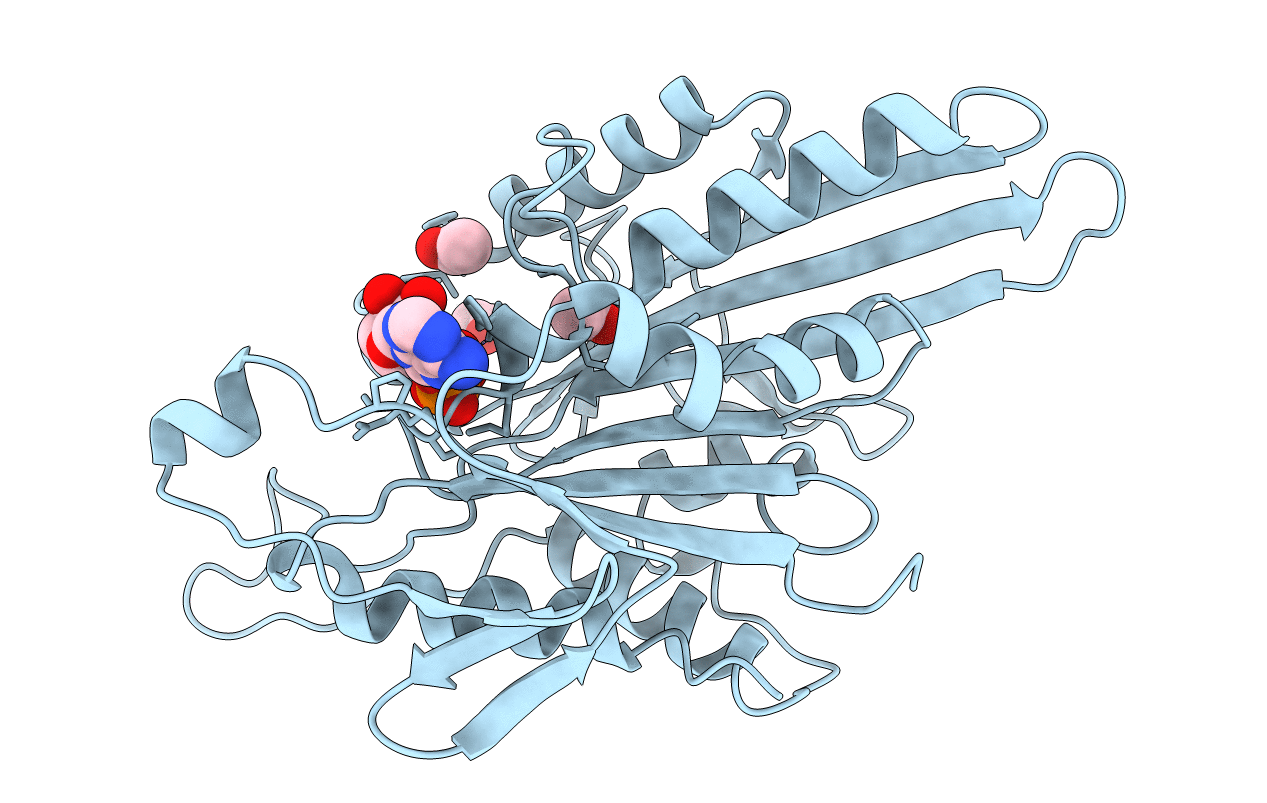
Deposition Date
1998-06-04
Release Date
1998-10-14
Last Version Date
2024-02-07
Method Details:
Experimental Method:
Resolution:
1.80 Å
R-Value Free:
0.28
R-Value Work:
0.21
R-Value Observed:
0.21
Space Group:
P 21 21 21


